Introduction
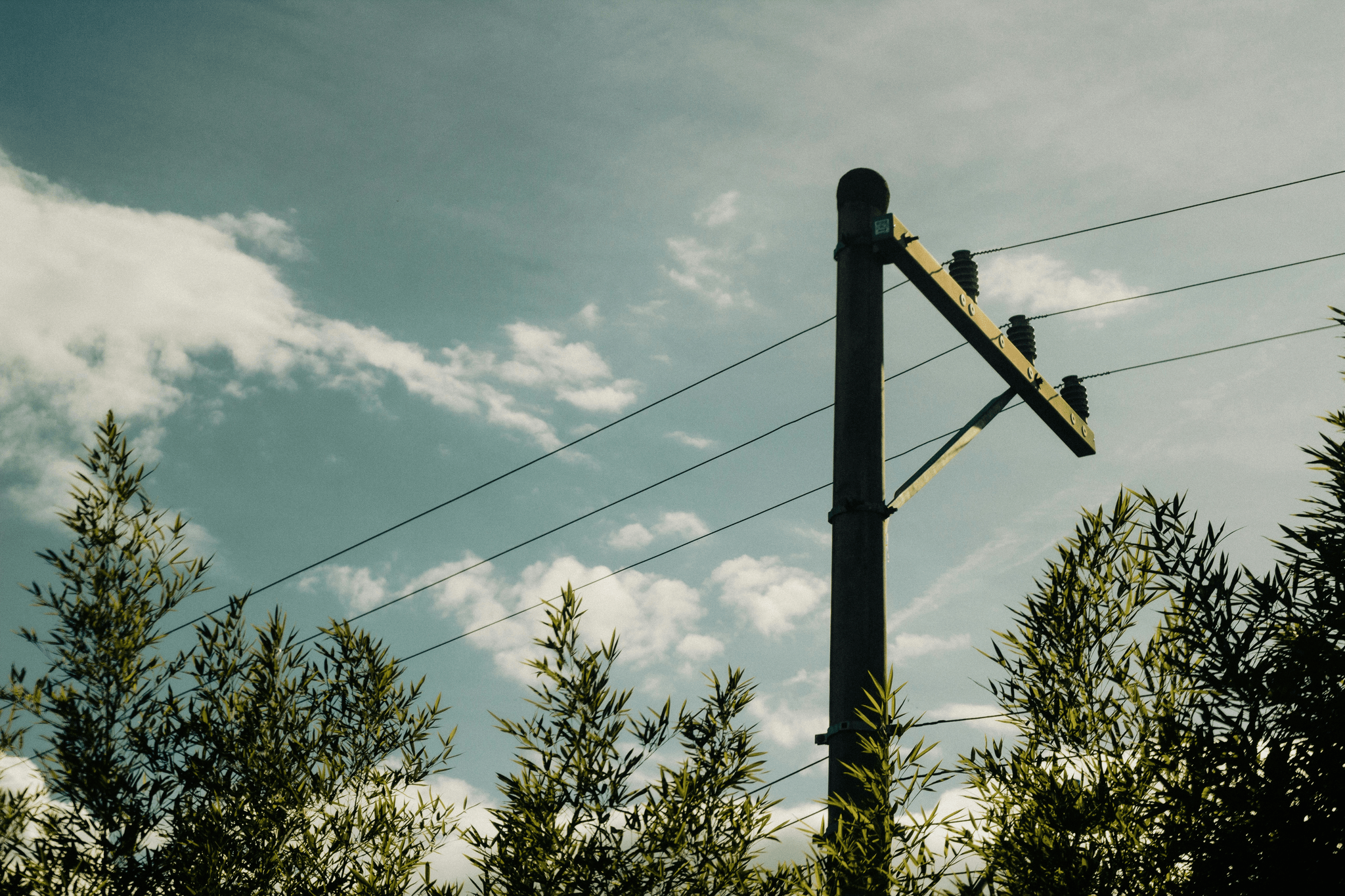
When it comes to understanding power pole parts, it's essential to explore the components and how they work. Power poles are crucial for distributing electricity and rely on various parts for functionality. From power pole outlets to the differences between CM1 and CM2 power poles, there's a lot to consider when choosing the right components for a project.
Understanding Power Pole Parts
Power pole parts encompass a range of components that are essential for the distribution of electricity. Understanding these parts is crucial for ensuring safety and efficiency in power distribution systems. Whether it's the crossarm, insulators, or conductors, each part plays a vital role in the overall functionality of a power pole.
Exploring the Components
Exploring the components of a power pole involves delving into the intricacies of each part and how they come together to form a cohesive system. From hardware such as bolts and brackets to more complex elements like transformers and lightning arresters, there's a wide array of components that make up a power pole.
How Do Power Poles Work?
Power poles work by providing support for electrical wires and equipment while also insulating them from the ground. They facilitate the safe transmission of electricity from one point to another, ensuring that power reaches its intended destination without interference or hazards.
The Basics of Power Pole Parts
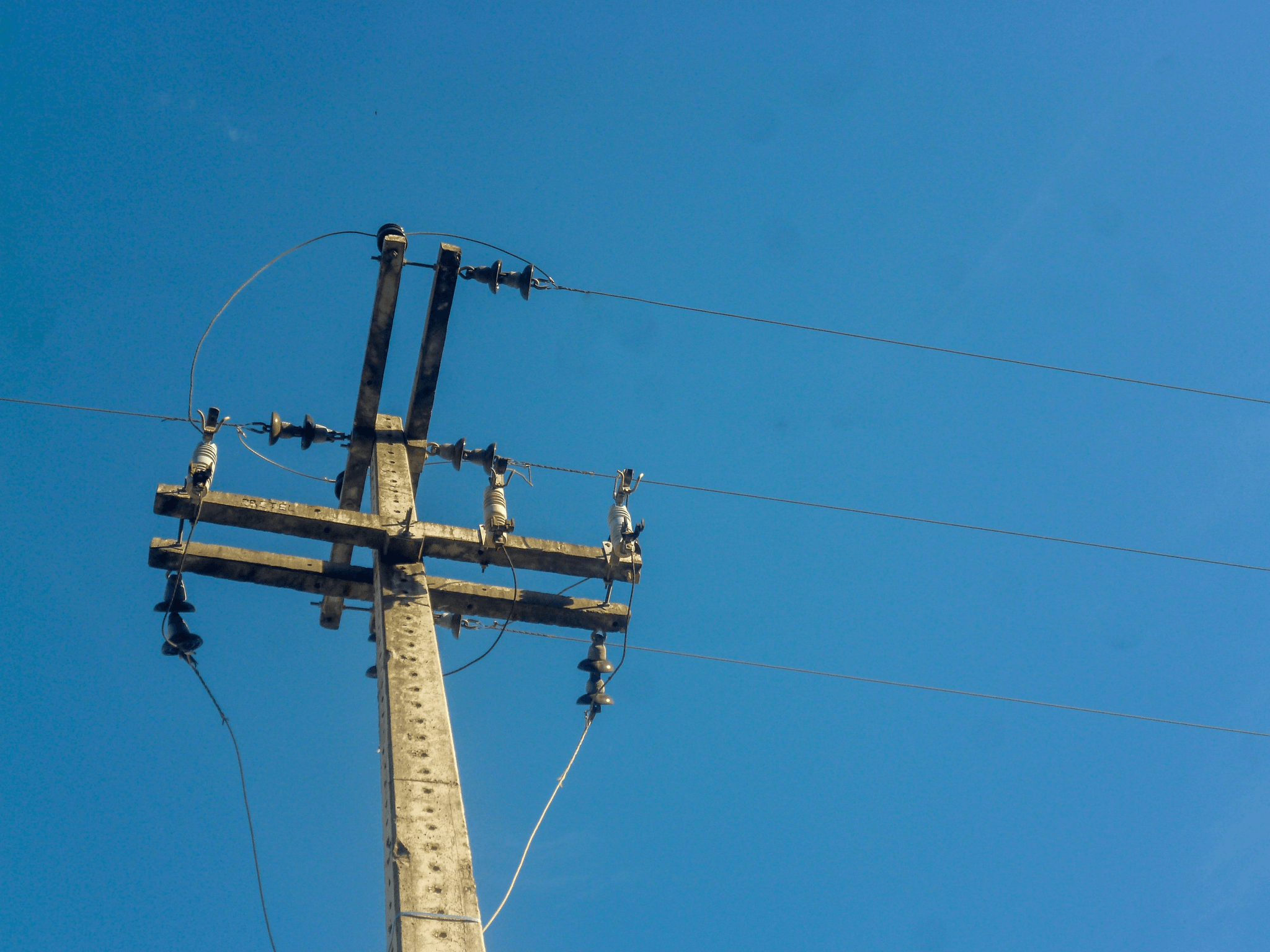
Understanding the anatomy and essential components of power pole parts is crucial for anyone involved in the installation and maintenance of power distribution systems. A typical power pole consists of a pole, crossarms, insulators, conductors, transformers, and various hardware fittings. Each component plays a vital role in ensuring the safe and efficient transmission of electricity.
Anatomy of a Power Pole
The anatomy of a power pole includes the main pole itself, which is usually made of wood, steel, or concrete. Attached to the pole are crossarms that support the conductors and insulators. The insulators prevent electrical current from flowing into the pole and provide support for the conductors. Transformers are also mounted on the poles to step down voltage for local distribution.
The main pole of a power pole is typically made of durable materials such as wood, steel, or concrete to provide stability and support for the entire structure. The crossarms attached to the pole play a crucial role in supporting the conductors and insulators, ensuring that they are securely in place to maintain the integrity of the power distribution system. Additionally, transformers mounted on the poles serve to step down voltage for local distribution, allowing for safe and efficient delivery of electricity to homes and businesses in the area.
Essential Components
Essential components of a power pole include conductors, which carry electricity from one point to another, as well as hardware fittings such as bolts, nuts, washers, and brackets that secure everything in place. These components work together to ensure that electricity is safely transmitted from substations to homes and businesses. Additionally, insulators are crucial components that prevent the flow of electricity from the conductors to the pole itself, reducing the risk of electrical hazards. Furthermore, grounding wire is another essential part of a power pole, providing a safe path for electrical current to flow into the earth in case of a fault or surge.
Functionality of Each Part
The functionality of each part is crucial for the overall performance of a power pole system. Insulators prevent electrical current from flowing into the pole while supporting conductors; transformers step down voltage for local distribution; crossarms provide support for various components; and hardware fittings secure everything in place.
The proper installation and maintenance of each part is essential to ensure the overall functionality of a power pole system. Insulators must be carefully positioned to effectively prevent electrical current from flowing into the pole, while transformers need to be regularly checked and serviced to ensure they are stepping down voltage accurately for local distribution. Crossarms should be inspected for any signs of wear and tear, as they play a critical role in providing support for various components. Additionally, hardware fittings must be securely fastened to keep everything in place, preventing any potential hazards or disruptions in the system's performance.
Choosing the Right Power Pole Parts

When it comes to choosing the right power pole parts, there are several important factors to consider. Firstly, you need to assess the specific requirements of your project, including the load capacity and environmental conditions. Additionally, it's crucial to consider the quality and durability of the components to ensure long-term reliability.
Factors to Consider
In selecting power pole parts, it's essential to take into account the different types available in the market. From steel poles to concrete and wood poles, each type has its own advantages and applications. Understanding these options will help you make an informed decision based on your project's needs.
When considering power pole parts, it's important to think about the environmental impact of each type. For example, steel poles are durable and long-lasting, but they require a significant amount of energy to produce. On the other hand, wood poles are renewable and biodegradable, making them a more sustainable option. Understanding the environmental implications of each type will help you make a decision that aligns with your project's sustainability goals.
Different Types of Power Pole Parts
The compatibility of new power pole parts with existing infrastructure is another critical consideration. Whether you're upgrading an existing system or starting from scratch, ensuring that new components seamlessly integrate with what's already in place is key to a successful installation.
When considering the compatibility of new power pole parts with existing infrastructure, it's important to take into account the potential impact on the overall system. Upgrading or replacing components can have a ripple effect, so it's crucial to carefully assess how any changes will affect the functionality and stability of the entire power distribution network. Additionally, ensuring that new parts seamlessly integrate with existing infrastructure can help minimize downtime and disruptions during installation, ultimately leading to a smoother and more efficient upgrade process.
Compatibility with Existing Infrastructure
It's important to note that not all power pole parts are universally compatible with every infrastructure setup. Therefore, conducting a thorough assessment of your current system is crucial before making any decisions on new components.
Remember that choosing the right power pole parts is essential for ensuring efficiency and safety in your electrical infrastructure.
Exploring Power Pole Outlets
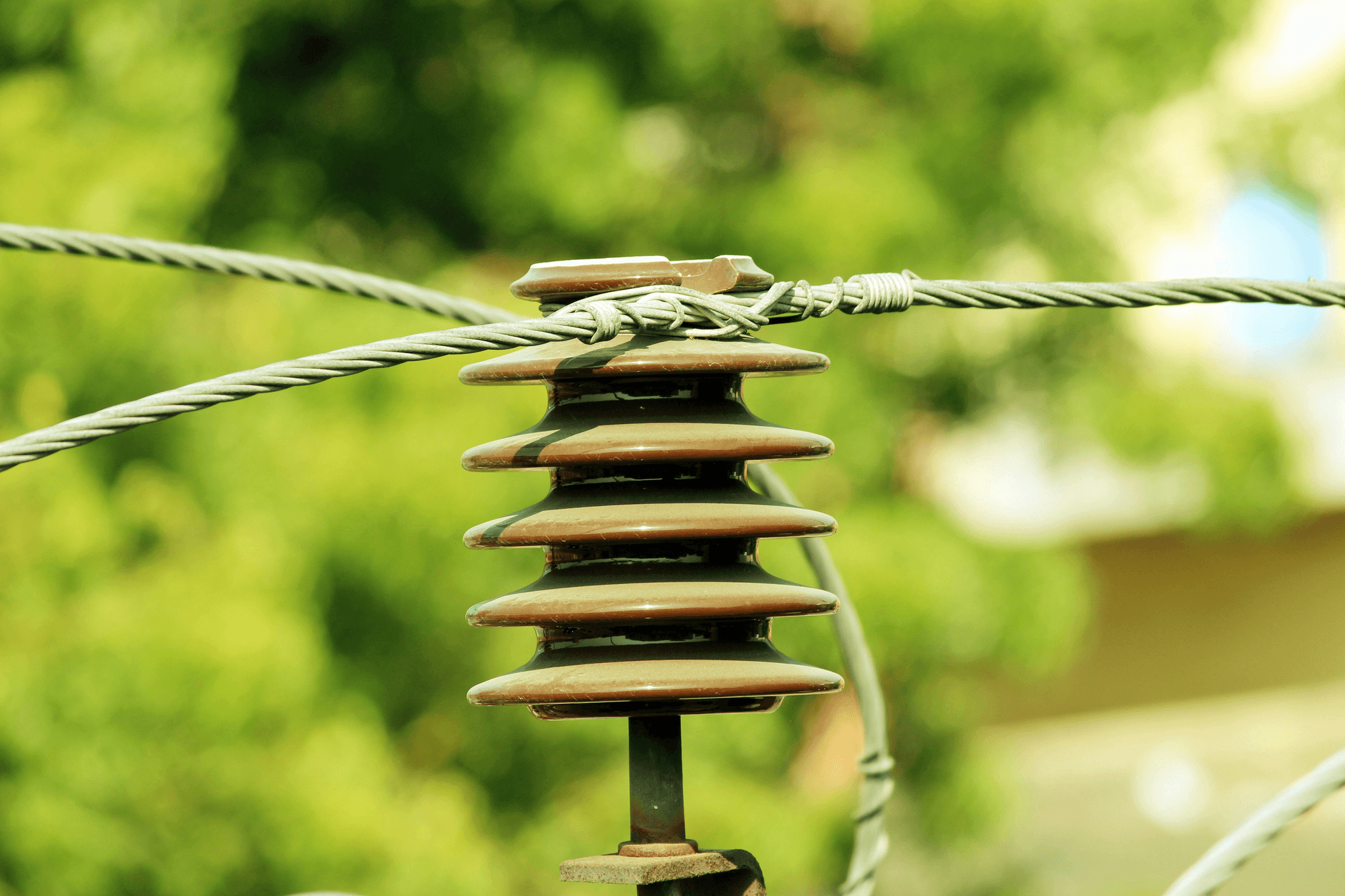
Power pole outlets are essential components that provide access to electricity in various settings. These outlets are strategically placed along power poles to allow for easy connection of electrical devices and equipment. Whether it's for outdoor lighting, construction sites, or public spaces, power pole outlets play a crucial role in delivering power where it's needed most.
Importance of Power Pole Outlets
Power pole outlets serve as convenient access points for electrical power in outdoor and public areas. They enable the use of electrical equipment without the need for extensive wiring or the use of portable generators. This makes them indispensable for events, construction projects, and outdoor recreational activities.
Types of Outlets
There are different types of power pole outlets designed to accommodate various electrical needs. Common types include standard 120-volt outlets, 240-volt outlets for heavy-duty equipment, and specialized outlets for specific applications such as RV parks or marinas. Each type is tailored to meet specific voltage and amperage requirements.
Selecting the Right Outlet for Your Needs
When choosing a power pole outlet, it's important to consider the specific electrical requirements of your project or application. Factors such as voltage, amperage, weather resistance, and safety features should be taken into account to ensure that the selected outlet can effectively meet the demands of the intended use.
Understanding CM1 and CM2 Power Poles
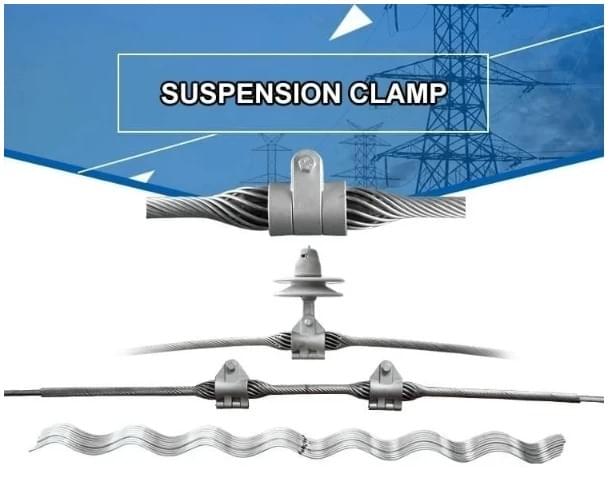
CM1 and CM2 power poles are two common types of power poles used in various applications.
Key Differences
The key difference between CM1 and CM2 power poles lies in their design and construction. CM1 power poles are typically smaller and more lightweight, making them ideal for smaller-scale projects or locations with limited space. On the other hand, CM2 power poles are larger and sturdier, suitable for heavy-duty applications such as industrial settings or areas with harsh weather conditions.
Applications and Benefits
CM1 power poles are often used in residential areas, urban environments, or commercial spaces where a compact yet reliable power pole solution is needed. Their lightweight design makes them easier to install and maintain. On the other hand, CM2 power poles are commonly found in industrial complexes, rural areas, or locations prone to extreme weather conditions. Their robust construction ensures long-term durability and stability.
Making the Right Choice for Your Project
When choosing between CM1 and CM2 power poles for your project, it's essential to consider the specific requirements of your application. Factors such as environmental conditions, load capacity, available space, and installation ease should all be taken into account. By carefully evaluating these factors, you can make an informed decision that ensures the optimal performance of your power pole setup.
Ensuring Quality with Spark Fittings
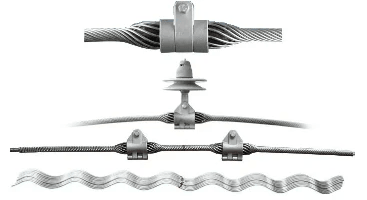
When it comes to power pole parts, the importance of high-quality components cannot be overstated. Using subpar materials can lead to safety hazards and inefficiencies in power distribution systems. It's crucial to invest in top-notch power pole parts to ensure the reliability and longevity of the infrastructure.
Importance of High-Quality Power Pole Parts
High-quality power pole parts are essential for maintaining the structural integrity and functionality of power poles. From durable materials that can withstand harsh weather conditions to precision engineering that ensures proper fit and function, every component plays a crucial role in the overall performance of the system.
How Spark Fittings Can Help
Spark Fittings offers a range of products designed to meet the highest standards of quality and performance. Their expertise in manufacturing equipment for preformed armor rods, tension clamps, and cable accessories ensures that customers have access to reliable and durable components for their power pole projects.
Enhancing Reliability and Safety
By using Spark Fittings' high-quality products, you can enhance the reliability and safety of your power pole infrastructure. With components that are built to last and withstand demanding conditions, you can have peace of mind knowing that your system is equipped with top-notch parts that prioritize safety and efficiency.
Conclusion
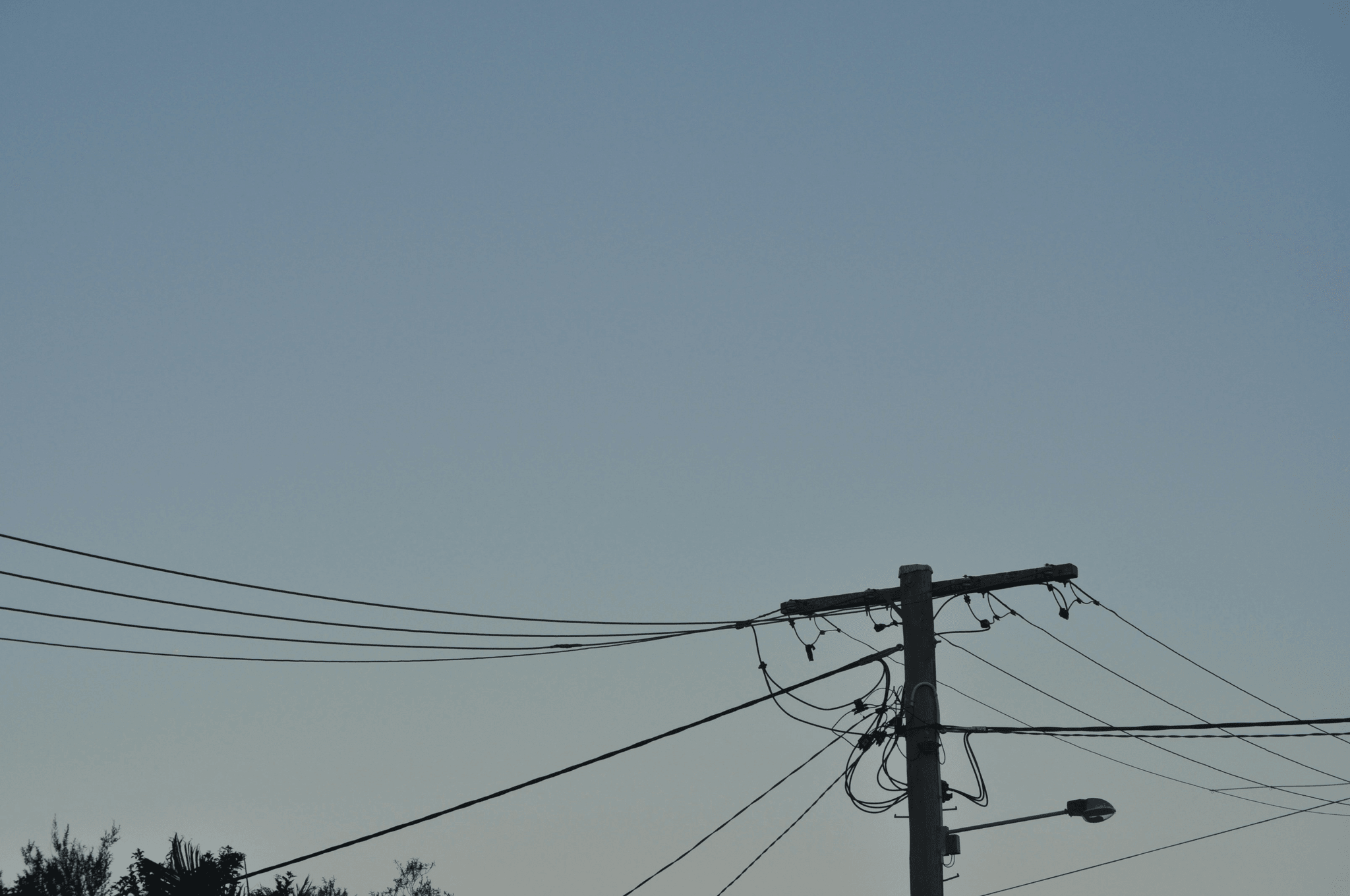
When it comes to selecting the best power pole parts for your project, it's crucial to understand the components of a power pole and how they work together. Ensuring efficiency and safety means carefully choosing the right outlets and understanding the differences between CM1 and CM2 power poles. Looking ahead, the future of power pole technology promises even more advancements in functionality and reliability.
Selecting the Best Power Pole Parts for Your Project
Choosing the right power pole parts involves understanding the anatomy of a power pole and considering factors such as compatibility with existing infrastructure. By exploring different types of power pole parts, you can make informed decisions that align with your project's specific needs.
Ensuring Efficiency and Safety
Power pole outlets play a crucial role in ensuring efficiency and safety, making it essential to select the right outlet for your requirements. Additionally, investing in high-quality spark fittings can enhance reliability and safety by providing durable components for your power poles.
The Future of Power Pole Technology
As technology continues to advance, so does the potential for innovation in power pole technology. Understanding the differences between CM1 and CM2 power poles can help you make informed choices for your projects, while also staying informed about future developments in this field.
Remember that selecting the best power pole parts is essential for ensuring efficiency and safety in any project. By staying informed about advancements in this field, you can make well-informed decisions that align with your specific needs while also embracing future developments in power pole technology.

